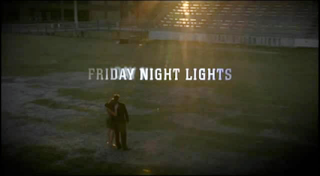short film research / Blue Hole
"Blue Hole" by Erik Gardner embodies the quintessential elements of horror, employing a combination of sound, mise-en-scène, and editing techniques to instill fear and suspense in the audience. Within the sound realm, eerie or suspenseful music accompanies scenes, punctuated by jarring sound effects like creaking doors or sudden loud noises, heightening the tension and emotion. Utilizing silence strategically, the film creates an atmosphere of dread and anticipation, further immersing viewers in its chilling narrative. In terms of mise-en-scène, common elements include costumes reflecting vulnerability, low-key lighting enhancing shadows, and settings often in isolated or eerie locations such as abandoned buildings or forests, all contributing to the unsettling ambiance. Furthermore, the film's editing techniques, featuring quick cuts, close-ups to emphasize fear, and montage sequences to convey psychological states, effectively intensify the viewer's sense of unease and disorientation. What I can draw from notable examples like "The Shining," "Psycho," "The Exorcist," and "Get Out," the horror genre captivates audiences with its ability to evoke strong emotions and adrenaline rushes while exploring deeper themes and societal fears. Creative storytelling, suspenseful atmospheres, and unexpected plot twists are among its appealing elements. However, aspects such as excessive gore or violence lacking purpose, predictable jump scares, and gratuitous exploitation of fear without substance are elements that may detract from its overall appeal. Despite these nuances, "Blue Hole" and similar works continue to intrigue and terrify audiences with their masterful execution of horror's timeless techniques that strike fear and anticipation that people find enjoyable or emotional.



Comments
Post a Comment